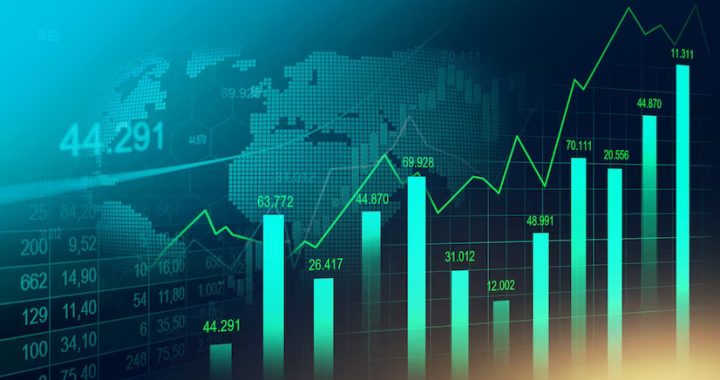In the fast-paced world of stock trading, time is often of the essence. Investors are constantly Read More
seeking ways to maximize their profits while minimizing the time and effort required to manage their portfolios. Automated stock trading systems have emerged as a solution to this challenge, offering investors the opportunity to optimize their trading strategies and potentially increase returns. In this article, we will explore the concept of automated stock trading systems, their benefits, and how they can help time-strapped investors make the most of their investments.
Understanding Automated Stock Trading Systems:
Automated stock trading systems, also known as algorithmic or algo trading, are computer programs designed to execute trading strategies based on predefined criteria. These systems use mathematical algorithms and historical data to make decisions about buying or selling stocks. Here’s how they work:
- Data Analysis: Automated trading systems analyze vast amounts of financial data, including price movements, trading volumes, and market indicators. They identify patterns and trends that human traders may overlook.
- Rule-Based Trading: These systems operate based on a set of predefined rules and parameters. Traders can customize these rules to align with their investment goals and risk tolerance.
- Execution: When the system identifies a trading opportunity that matches the defined criteria, it automatically executes the trade. This can happen in a matter of milliseconds, taking advantage of fleeting market opportunities.
Benefits of Automated Stock Trading Systems:
- Speed and Efficiency: Automated systems can execute trades much faster than human traders. They can respond to market changes in real-time, ensuring that investors don’t miss out on profitable opportunities.
- Emotion-Free Trading: Emotional decision-making is a common pitfall for investors. Automated systems eliminate emotional biases, making rational decisions based on data and predefined rules.
- 24/7 Monitoring: Stock markets operate around the clock in different time zones. Automated systems can monitor markets continuously, allowing for trading opportunities at any time, day or night.
- Backtesting: Before deploying a trading strategy, investors can backtest it using historical data. This allows them to evaluate the strategy’s performance and make necessary adjustments.
- Diversification: Automated systems can manage multiple trading strategies and portfolios simultaneously, diversifying investments and reducing risk.
Strategies Employed by Automated Trading Systems:
- Automated stock trading systems can employ a variety of strategies, including:
- Trend Following: These systems identify and capitalize on trends in stock prices. They may buy when an uptrend is detected and sell when a downtrend is identified.
- Arbitrage: Arbitrage strategies exploit price differences of the same asset on different exchanges. The system buys low on one exchange and sells high on another, profiting from the price gap.
- Mean Reversion: Mean reversion strategies assume that prices will revert to their historical average. The system buys when prices are below the average and sells when they are above it.
- Statistical Arbitrage: These strategies use statistical models to identify mispriced assets or pairs of assets. The system simultaneously buys undervalued assets and sells overvalued ones.
- Machine Learning: Some advanced systems utilize machine learning algorithms to adapt to changing market conditions and refine their trading strategies over time.
Challenges and Considerations:
While automated stock trading systems offer numerous advantages, they also come with challenges and considerations:
- Risk Management: Automated systems can amplify losses if not properly configured. Risk management parameters should be carefully set to avoid significant drawdowns.
- Technical Issues: Technical glitches or network disruptions can disrupt automated trading. Redundancy and failover systems are essential to minimize such risks.
- Market Conditions: Some strategies may perform poorly during certain market conditions, such as high volatility or low liquidity. Investors should be prepared for potential underperformance.
- Strategy Development: Designing effective trading strategies requires expertise in algorithm development and financial markets. Many investors choose to collaborate with professionals or use pre-built systems.
- Regulatory Compliance: Automated trading systems must adhere to regulatory requirements, including market manipulation and risk disclosure.
Conclusion:
Automated stock trading systems have revolutionized the way investors approach the stock market. They offer speed, efficiency, and the potential for enhanced returns while reducing emotional biases. However, they also require careful strategy development, risk management, and ongoing monitoring.
For time-strapped investors looking to maximize profits and minimize the demands of active trading, automated stock trading systems provide a valuable tool. With the right approach and attention to risk, these systems can be a powerful asset in the pursuit of financial success.

